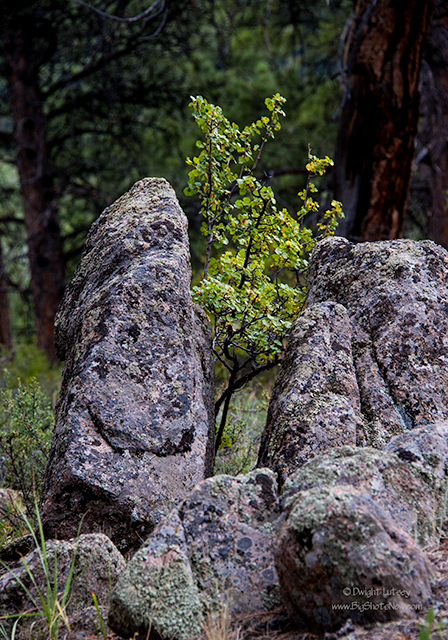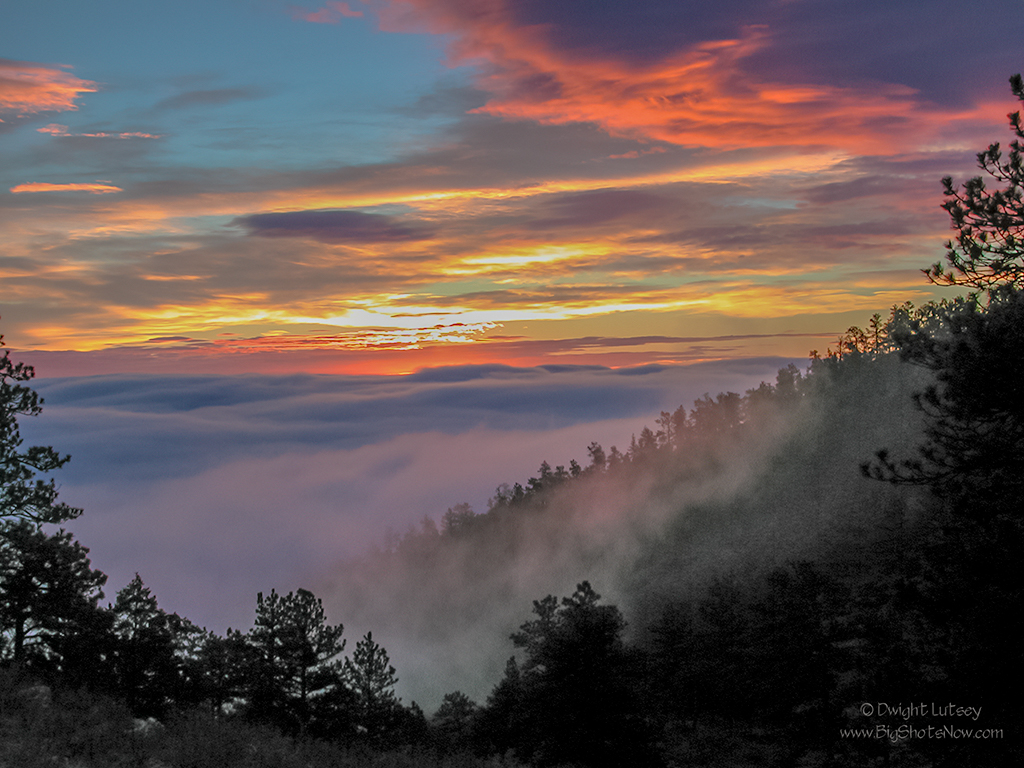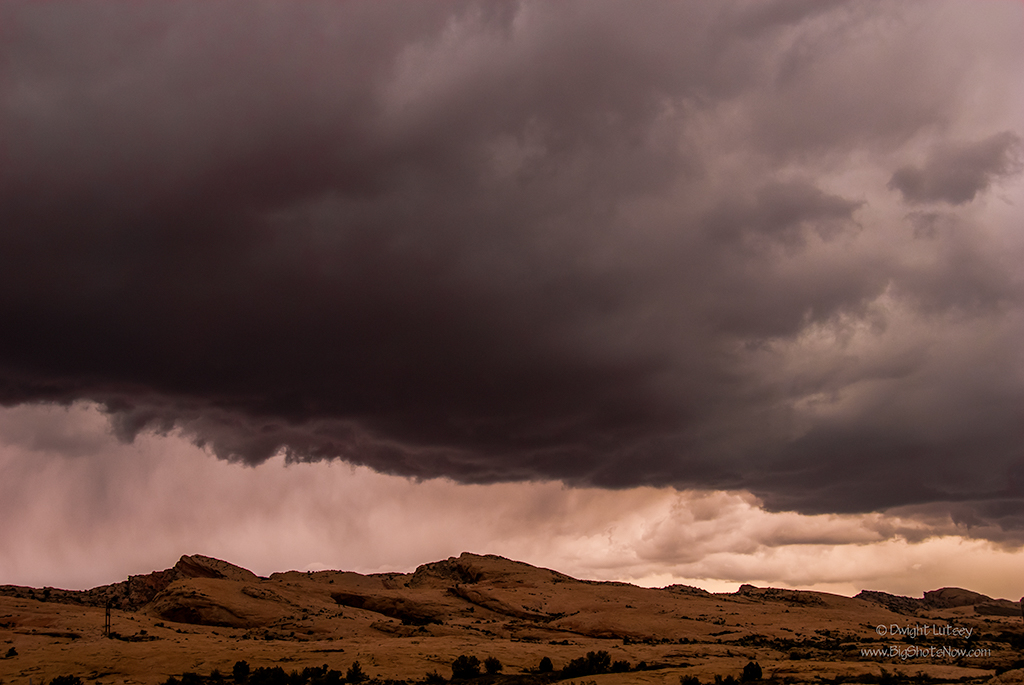Storytellers are very important to a culture that has no written language or any means whatsoever of recording their history or the information that has to be handed down from one generation to another. Which is why in every culture on earth, whether it be a human one like we live in, or a wet one like exists in the ocean or an animal one that lives on the land, or a much, much older one such as the one the earth and the stones and the trees have, has a storyteller. The information it takes to be a successful species has to be passed a long. That’s where storytellers come into play.
While walking by these two storytellers in the forest a few days ago I heard them explaining to this young sapling about the role she had to play as she grew up and took her rightful place in the forest. Everyone in Nature has their place and a job to do. The Earth of course stays firmly underfoot and it is the force that gives purpose to all the other things in life. The other elements such as the wind, sun, water, all have their parts to play but each individual has their responsibilities to perform as well.
And as in all cultures the young have questions about those things. They also have a lot of fear. Fear of the unknown. And a lot is unknown. The two storytellers above have been telling these stories for millennium. The one on the left with the long druid-like countenance is the most versed in the why of things, the broad overview of what our purpose is here. While the shorter, rounder one is an earth mother and she has all the practical facts of life that the younger ones need to know.
Procreation is always the single largest topic on the young ones minds and it is always the scariest to ask about. That’s why so many come to the storytellers to find out these things, you can’t ask your mother, you just can’t. How embarrassing would that be. And the other saplings are asking you about them so there’s no help there. No, the storytellers are the ones to come to.
I couldn’t hear much of the conversation as the storytellers speak in a very low voice, so low sometimes that we can’t hear it at all. The sound travels through the ground to the saplings roots like whale song through the ocean which is why there is a such a surprised look on her face. I did hear the words, gymnosperms, and male and female gametophytes and the release of large amounts of pollen, which is when the saplings branches flew up in embarrassment and her leaves flushed a pale shade of yellow.
It was at this point that I moved along as the conversation was getting to a very delicate stage and I did not want to add to the saplings awkward self-consciousness. I was just glad that the storytellers were there to help this generation of trees learn what they needed to know. Even in this day of information overload and unlimited knowledge storytellers are important.





You must be logged in to post a comment.